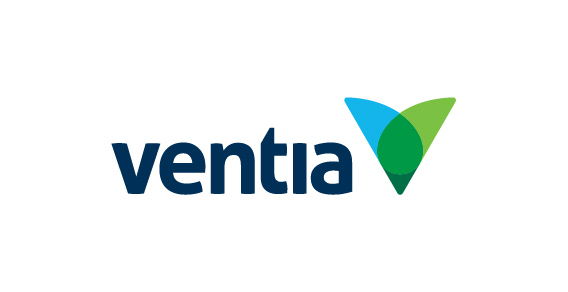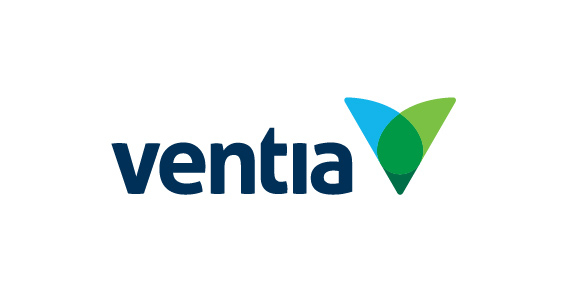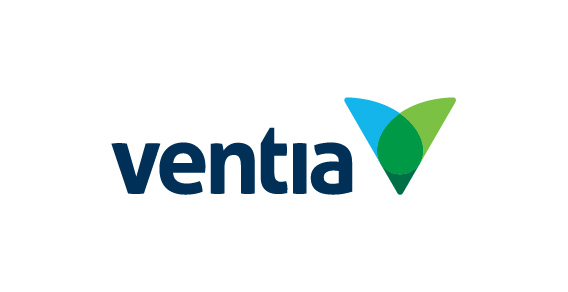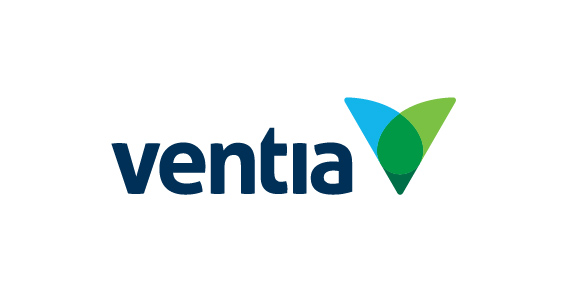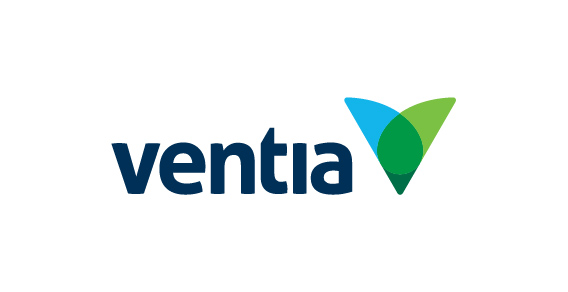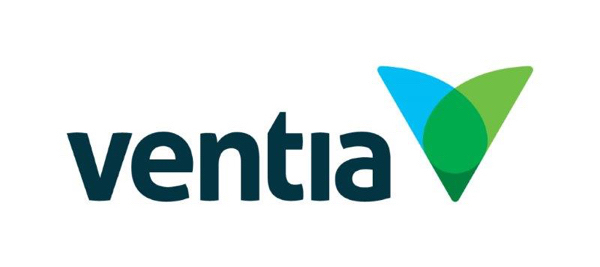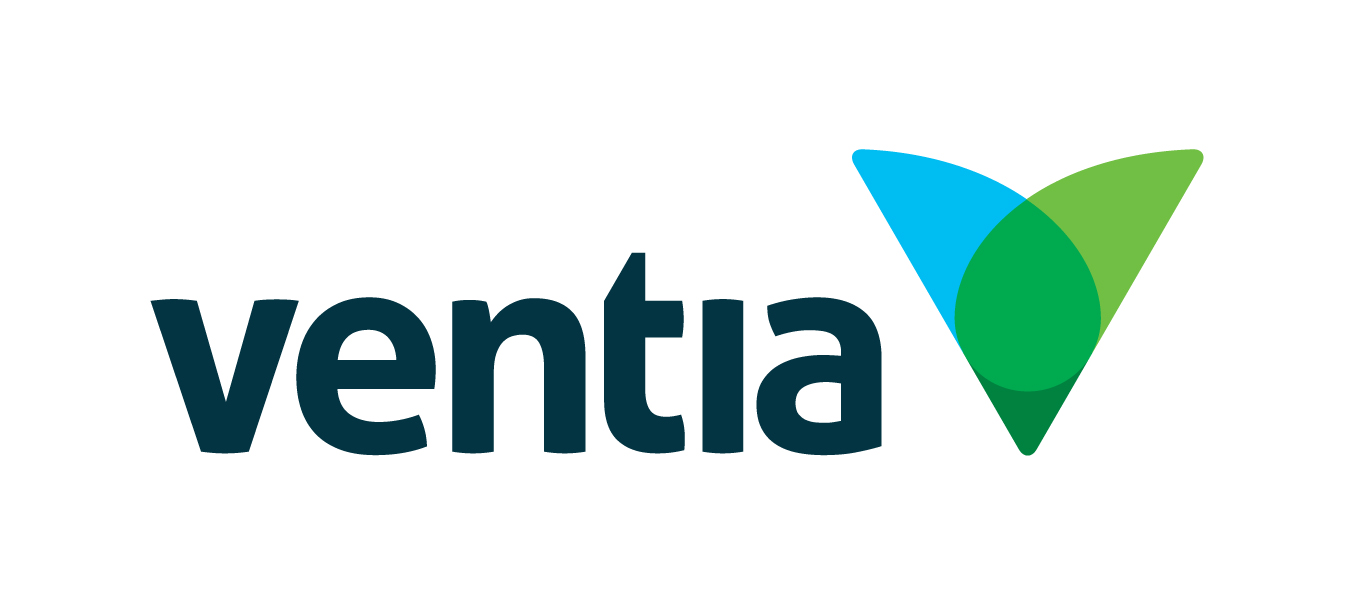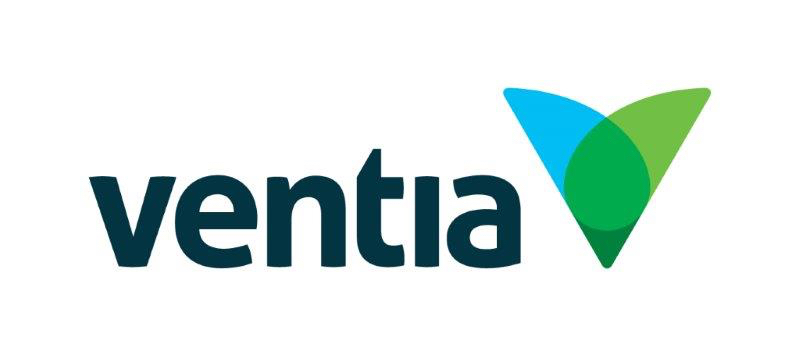Title Page
-
Conducted on
-
Job number/s
-
Location
-
Job description
-
Select permits and documentation on site for works
-
Works permit
-
Traffic permit
-
DBYD
-
NAP
-
Work Type
-
Which CRPs apply to the work being carried out?
- Ground excavation
- Working around mobile plant
- Working around live services
- Working in and around live traffic
- Managing hazardous energies
- Working with asbestos and ACM
- Working at height
- Confined space work
- Performing lifting operations
- Electrical safety
- Isolated work
-
Has the site been inspected for fire ants?
-
No excavation can be carried out until a fire ant inspection has been completed.
-
Were any fire ants identified or were there any obvious signs of fire ants?
-
Stop work and notify your supervisor immediately and report to Biosecurity QLD on 13 25 23
-
Will the excavation be over 1.5m deep or is the ground unstable? (Consider changes during the works)
-
Is there a chance of hazardous gases entering your excavation during the works?
-
Before entering the excavation, test the atmosphere and enter the results. Continuously monitor atmosphere.
-
Gas monitor readings
-
Oxygen reading
-
LEL
-
CO2
-
H2S
-
Are the results within safe working limits? <br>Oxygen 19.5% - 23.5%<br>LEL < 5<br>CO < 30 ppm<br>H2S < 10 ppm
-
If the atmosphere is not withing safe working limits, notify your supervisor immediately.
-
A rescue plan MUST be completed for any excavation over 1.5m
-
Is a rescue plan required for this job?
-
Rescue plan details
-
What type of emergency may occur?
- Engulfment
- Hazardous environment
- Release of stored energy
- Hazardous gasses
- Medical emergency
- Fall from height
-
Access and egress
- Ladder
- Benching/Stepping
- Battering
-
Standby person/spotter responsibilities
-
Emergency equipment required
- Tripod/Davit arm
- Safety harness
- Life line/Rescue rope
- Winch system
- Gas monitor
- Stretcher
- Lighting
- BA kit
- Fall arrest
- Fall restraint
-
Has the equipment been checked and in good working condition?
-
Method of communication between worker and standby person/spotter
- Voice
- Hand signals/Visual
- Mobile phone
- 2-way radio
-
Other equipment required
-
Provide a brief description on how emergency services will reach the work area.
-
Rescue methods
-
Rescue method to be used?
-
Which rescue method is to be used?
-
Have all participants in the rescue party been briefed on the rescue plan and has the plan been practiced?
-
The plan MUST be practised and participants MUST be briefed before commencing work.
-
By signing, you agree that you have been briefed on and understand the rescue plan and agree to fulfil the role you have been assigned.
-
Rescue person
-
Safety observer
-
Standby person/Spotter
-
Person in charge of worksite
-
What method/s will be used to control the risk of trench collapse?
- Benching
- Battering
- Shoring
- Shields
- Geotech
-
Sketch your temporary works design
-
Take a photo of your trench and controls
-
Upload or take a photo of geotech report
-
Is there a possibility of a person or object falling from one level to another, or is there a requirement to work on a slope of more than 45°?
-
Can the risk be eliminated by erecting a hard barrier?
-
Has a rescue been completed for this work?
-
Rescue plan details
-
What type of emergency may occur?
- Engulfment
- Hazardous environment
- Release of stored energy
- Hazardous gasses
- Medical emergency
- Fall from height
-
Standby person/spotter responsibilities
-
Emergency equipment required
- Tripod/Davit arm
- Safety harness
- Life line/Rescue rope
- Winch system
- Gas monitor
- Stretcher
- Lighting
- BA kit
- Fall arrest
- Fall restraint
-
Has the equipment been checked and in good working condition?
-
Method of communication between worker and standby person/spotter
- Voice
- Hand signals/Visual
- Mobile phone
- 2-way radio
-
Other equipment required
-
Provide a brief description on how emergency services will reach the work area.
-
Provide a brief description of how the personnel will be rescued in the event of an incident.
-
Have all participants in the rescue party been briefed on the rescue plan and has the plan been practiced?
-
The plan MUST be practised and participants MUST be briefed before commencing work.
-
By signing, you agree that you have been briefed on and understand the rescue plan and agree to fulfil the role you have been assigned.
-
Rescue person
-
Safety observer
-
Standby person/Spotter
-
Person in charge of worksite
-
If a hard barrier is installed work is not considered working at height. Confirm with your supervisor before continuing work.
-
A confined space means an enclosed or partially enclosed space that:
is not designed or intended primarily to be occupied by a person; and
is, or is designed or intended to be, at normal atmospheric pressure while any person is in the space; and
is or is likely to be a risk to health and safety from:
o an atmosphere that does not have a safe oxygen level, or
o contaminants, including airborne gases, vapours and dusts, that may cause injury from fire or explosion, or harmful concentrations of any airborne contaminants, or engulfment. -
Is the work being conducted in a confined space?
-
Please complete a confined space permit and rescue plan.
-
Before entering the excavation, test the atmosphere and enter the results. Continuously monitor atmosphere.
-
Have gas readings been taken for a minimum of 5 minutes?
-
Conduct gas monitoring for a minimum of 5 minutes prior to entering the confined space.
-
Gas monitor readings
-
Oxygen reading
-
LEL
-
CO2
-
H2S
-
Are the results within safe working limits? <br>Oxygen 19.5% - 23.5%<br>LEL < 5<br>CO < 30 ppm<br>H2S < 10 ppm
-
If the atmosphere is not withing safe working limits, notify your supervisor immediately.
-
Has a rescue plan been completed for this work?
-
Rescue plan details
-
What type of emergency may occur?
- Engulfment
- Hazardous environment
- Release of stored energy
- Hazardous gasses
- Medical emergency
- Fall from height
-
Standby person/spotter responsibilities
-
Emergency equipment required
- Tripod/Davit arm
- Safety harness
- Life line/Rescue rope
- Winch system
- Gas monitor
- Stretcher
- Lighting
- BA kit
- Fall arrest
- Fall restraint
-
Has the equipment been checked and in good working condition?
-
Method of communication between worker and standby person/spotter
- Voice
- Hand signals/Visual
- Mobile phone
- 2-way radio
-
Other equipment required
-
Provide a brief description on how emergency services will reach the work area.
-
Provide a brief description of how the personnel will be rescued in the event of an incident.
-
Rescue methods
-
Rescue method to be used?
-
Which rescue method is to be used?
-
Have all participants in the rescue party been briefed on the rescue plan and has the plan been practiced?
-
The plan MUST be practised and participants MUST be briefed before commencing work.
-
By signing, you agree that you have been briefed on and understand the rescue plan and agree to fulfil the role you have been assigned.
-
Rescue person
-
Safety observer
-
Standby person/Spotter
-
Person in charge of worksite
-
Is there a possibility for any worker, plant or equipment to come into contact with any asbestos?
-
ACM PPE requirements
-
Is ASBESTOS signage in place?
-
Put signage in place before proceeding.
-
All asbestos or asbestos containing material (PPE) is to be double bagged in 2μm plastic and sealed and disposed of at a licenced wasted facility within 7 days. Ensure a waste tracking certificate is completed when dumping.
-
Are there currently any weather extremes?
- Heat
- Rain
- Storm
- No, normal weather conditions
-
What controls are in place to manage the extreme weather conditions?
-
Are the works on or adjacent to a road way or will they impact on traffic and pedestrians?
-
What controls are in place to manage traffic and pedestrians?
- Traffic Control
- Signage
- Site Delineation
- Temporary Fencing
-
What are the job specific hazards for this site?
-
What controls have been put in place to manage these hazards?
-
What are the potential environmental impacts and hazards for this site?
- Dust
- Noise
- Water
- Waste
- Asbestos
- Sediment
- Fuel/Chemicals
- Other
-
What are the other potential environmental impacts and hazards for this site.
-
What controls have been put in place to manage the environmental hazards?
- Dust suppression
- Noise suppression
- Dewatering
- Asbestos PPE
- Wet down ACM
- Sediment controls
- SDS's
- Spill kit
- Other
-
What other controls have been put in place to manage the environmental hazards?
-
Are all controls implemented appropriate for the task and do they allow the job to be completed safely?
-
Stop work and notify your supervisor. Work is not to proceed until the site hazards can be eliminated or risk controlled to a satisfactory level.
-
What is your emergency response plan and where is your muster point?
-
Has the emergency plan been communicated and understood by all personnel on site?
-
Enter start and finish times of all personnel onsite.
Sign on
-
Time on site
-
Time off site
-
By signing, you confirm you understand and agree with all of the above.
